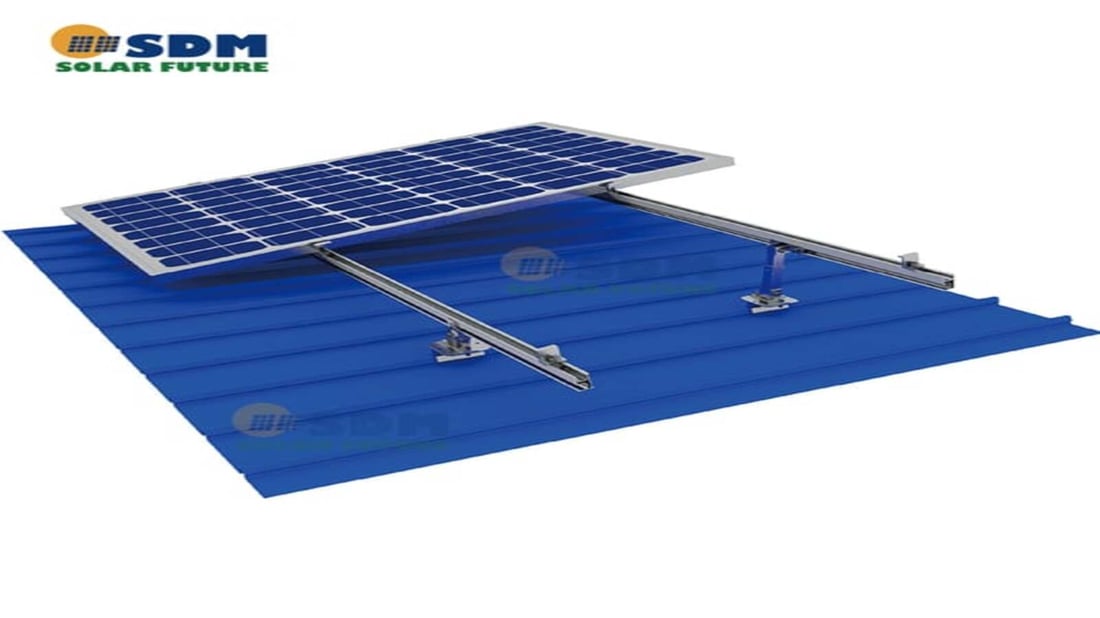Flat roof drainage is a crucial aspect of any building's structure, especially for flat-roofed buildings. Without proper drainage, flat roofs are highly susceptible to water pooling and leaks, which can lead to costly damages over time.
The Basics of Flat Roof Drainage
Flat roof drainage systems are designed to effectively channel water away from the roof surface. There are several components involved in a typical flat roof drainage system, including gutters, downspouts, scuppers, and drains. These components work together to ensure that water is properly diverted off the roof and away from the building's foundation.
The Role of Gutters and Downspouts
Gutters and downspouts play a crucial role in flat roof drainage by collecting rainwater and directing it towards downspouts. Downspouts then guide the water down to the ground and away from the building. It is essential to keep gutters and downspouts clear of debris to prevent clogs and ensure proper drainage.
Understanding Scuppers in Flat Roof Drainage
Scuppers are openings in the parapet walls of a flat roof that allow water to drain off the roof. They are typically equipped with a scupper box that helps to direct water away from the building. Proper maintenance of scuppers is necessary to prevent water backups and leaks.
The Role of Drains in Flat Roof Drainage
Drains are an essential component of flat roof drainage systems, as they provide an outlet for water to flow off the roof. Flat roof drains are typically located at low points on the roof to ensure proper water removal. Regular inspection and maintenance of drains are crucial to prevent blockages and ensure optimal drainage.
Common Issues with Flat Roof Drainage
Poor flat roof drainage can lead to a variety of issues, including water pooling, leaks, mold growth, and structural damage. It is essential to address any drainage problems promptly to avoid costly repairs in the future. Regular inspections and maintenance of flat roof drainage systems are key to preventing these issues.
Improving Flat Roof Drainage
There are several ways to enhance flat roof drainage, such as installing additional drains, improving gutter slope, and adding overflow scuppers. Consulting with a roofing professional can help determine the best solutions for improving flat roof drainage and preventing water damage.
The Importance of Proper Maintenance
Proper maintenance of flat roof drainage systems is crucial to ensure optimal performance and longevity. Regular inspections, cleaning of gutters and drains, and prompt repairs are essential to prevent water damage and extend the life of the roof.
Conclusion
In conclusion, flat roof drainage is a critical aspect of maintaining the integrity and longevity of a building. By understanding the components of flat roof drainage systems and addressing any issues promptly, property owners can prevent costly water damage and ensure the long-term performance of their flat roofs.
Quote Inquiry
Contact us

